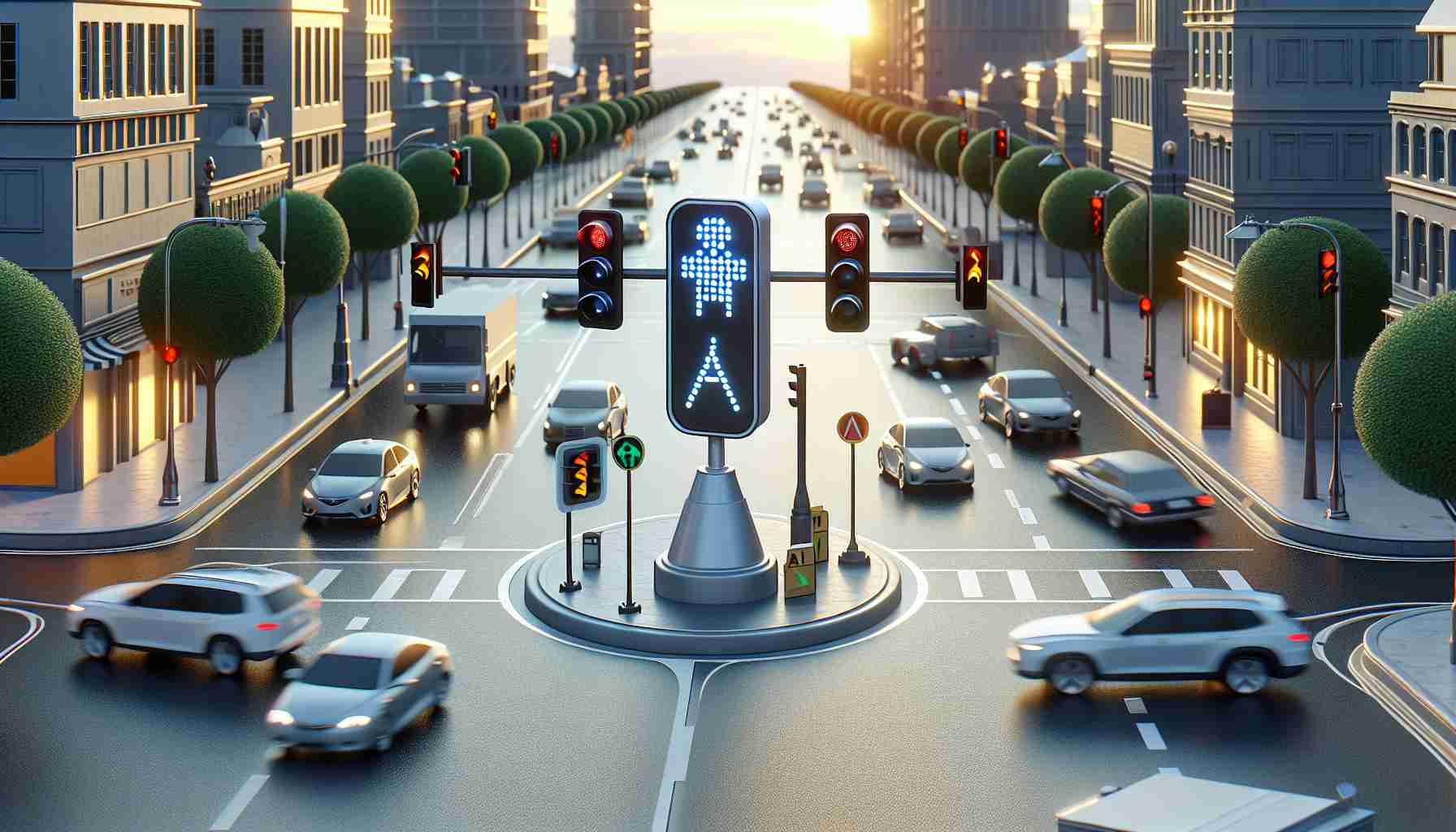Artificial intelligence (AI) has become an integral part of our lives, assisting us in various tasks and revolutionizing industries. However, the recent experience of Dutch motorist Tim Hansenn highlights the potential pitfalls of relying solely on AI-powered technology for law enforcement.
Hansenn, an expert in AI himself, found himself on the wrong side of the law when he received a hefty fine of 380 euros for allegedly using his phone while driving. The problem? He wasn’t using his phone at all. Instead, he was simply scratching his head with his free hand. The incident serves as a stern reminder of how easily AI can misinterpret human actions and lead to erroneous conclusions.
In Hansenn’s case, the culprit behind his unjust fine was the Monocam, an AI-powered smart camera designed to identify drivers using their phones. However, as he explained in a blog post, the AI had mistakenly identified the harmless action of scratching his head as phone usage. This misidentification raises questions about the effectiveness and reliability of AI in traffic enforcement.
The incident not only highlights the limitations of AI but also the potential for human error in the system. Despite the presence of AI technology, it was ultimately a human police officer who approved the fine based on the photo captured by the smart camera. This demonstrates the need for human oversight and careful evaluation of AI-generated results.
While Hansenn has expressed a desire to assist the police in improving their AI system, it is worth noting that the Netherlands has been utilizing this technology for several years with significant success. The Monocam has been instrumental in catching thousands of drivers texting on the road, contributing to road safety. Nevertheless, there is still room for improvement, such as reducing false positives and enhancing the accuracy of AI algorithms.
As the use of AI-powered technology in traffic enforcement expands, concerns about privacy and the potential for misidentification of actions will undoubtedly arise. The introduction of focus lash cameras, capable of detecting a driver’s gaze, red-light violations, and seat belt usage, further highlights the growing reliance on AI in traffic monitoring.
This cautionary tale serves as a reminder that while AI can be a valuable tool, it is not infallible. Collaborative efforts between AI experts, law enforcement agencies, and policy-makers are crucial to ensure the development and deployment of AI systems that are both dependable and fair, minimizing the risk of erroneous fines and protecting the rights of individuals.
FAQ Section:
Q: What is the incident involving Tim Hansenn and AI technology?
A: Tim Hansenn, an expert in AI, received a fine for allegedly using his phone while driving, even though he was only scratching his head. This highlights the potential for AI to misinterpret human actions and lead to erroneous conclusions.
Q: What was the role of AI in this incident?
A: The fine was approved based on a photo captured by an AI-powered smart camera called the Monocam. However, the AI mistakenly identified scratching the head as phone usage.
Q: Does this incident raise concerns about the effectiveness of AI in traffic enforcement?
A: Yes, this incident highlights the limitations and potential pitfalls of relying solely on AI-powered technology for law enforcement. It questions the effectiveness and reliability of AI in accurately identifying infractions.
Q: Was there human oversight in this incident?
A: Yes, despite the presence of AI technology, it was ultimately a human police officer who approved the fine based on the photo captured by the smart camera. This demonstrates the need for human oversight and careful evaluation of AI-generated results.
Q: Has the Netherlands been using this AI technology for a long time?
A: Yes, the Netherlands has been utilizing this technology for several years with significant success in catching drivers using their phones. The Monocam has contributed to road safety by identifying thousands of drivers texting on the road.
Q: Are there areas for improvement in AI technology for traffic enforcement?
A: Yes, there is room for improvement, including reducing false positives and enhancing the accuracy of AI algorithms. This incident highlights the need for continuous development and improvement in AI systems.
Definitions:
1. Artificial intelligence (AI): The simulation of human intelligence processes by machines, especially computer systems, to perform tasks that would typically require human intelligence.
2. Monocam: An AI-powered smart camera designed to identify drivers using their phones.
3. False positives: In this context, refers to instances where the AI system incorrectly identifies an action or behavior as an offense when it is not.
Suggested Related Links:
– https://www.nhtsa.gov – National Highway Traffic Safety Administration (NHTSA) website with information on automated vehicles and traffic safety.
– https://www.fhwa.dot.gov – Federal Highway Administration (FHWA) website with research publications on traffic safety and technology.
– https://www.who.int – World Health Organization (WHO) website with information on road safety, including technology and policies.
The source of the article is from the blog lanoticiadigital.com.ar

